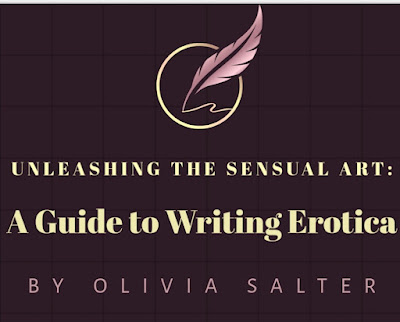Unleashing the Power of Literary Fiction: A Guide to Crafting Compelling Stories
by Olivia Salter
The realm of literary fiction is a treasure trove of imagination and introspection that has captivated readers for centuries. From the works of Shakespeare to contemporary masterpieces, literary fiction offers a deeper exploration of human emotions and complex themes. Crafting a compelling literary fiction story requires a unique set of skills and a willingness to delve into the depths of the human psyche. In this article, we will explore the key elements and techniques that can bring your literary fiction to life, allowing you to create stories that resonate with readers on a profound level.
1. Character Development:
One of the fundamental aspects of literary fiction is the exploration of complex and multi-dimensional characters. To create characters that leap off the page, you must invest time in developing their personalities, backgrounds, motivations, and desires. Utilize vivid descriptions, nuanced dialogue, and internal thoughts to provide readers with a comprehensive understanding of your characters. Focus on their inner conflicts, personal growth, and how they navigate the challenges they face, enabling readers to empathize with them and connect with them on an emotional level.
2. Captivating Prose:
The language used in literary fiction is an art form in itself. The prose should be rich, evocative, and thoughtfully crafted. Employ varied sentence structures, metaphors, and sensory details to create an immersive and enchanting reading experience. Avoid clichés and opt for fresh, original language that keeps readers engaged and surprises them at every turn. Experiment with different narrative techniques, such as streams of consciousness or fragmented storytelling, to add depth and complexity to your prose.
3. Themes and Symbolism:
Literary fiction often tackles universal themes that resonate with readers on a deeper level. Themes such as love, loss, identity, power, and redemption can be explored through the experiences of your characters. Use symbolism to enhance the thematic exploration of your story. Symbolic elements, objects, or recurring motifs can add layers of meaning, allowing readers to interpret and engage with your work on multiple levels. The effective use of themes and symbolism elevates your story beyond its plot and creates a lasting impact.
4. Setting as a Character:
In literary fiction, the setting acts as more than just a backdrop; it becomes a character in itself. Thoughtfully depict the physical surroundings, whether it's a bustling city, a quaint village, or a secluded island. The setting should influence and shape the actions and emotions of the characters, reflecting their internal struggles and the themes of the story. Use vivid descriptions and sensory details to transport readers into the world you have created, making them feel as though they are a part of the narrative.
5. Subtlety and Subtext:
One of the defining features of literary fiction is its ability to convey powerful messages through subtlety and subtext. Avoid explicit explanations and allow readers to fill in the gaps. Explore the complexities of human emotions, moral dilemmas, and social issues with nuance. Trust in your readers' intelligence and curiosity to decipher the deeper layers of meaning within your story. By leaving room for interpretation, you invite readers to engage with your work on a personal and intellectual level.
In conclusion, writing literary fiction is a rewarding endeavor that allows you to create stories that illuminate the human condition and provoke introspection. By focusing on character development, compelling prose, powerful themes, immersive settings, and subtlety, you can craft stories that resonate with readers long after they finish the final page. Embrace the artistry and depth of literary fiction and unleash your creativity to create compelling narratives that leave a lasting impact.





.jpg)



